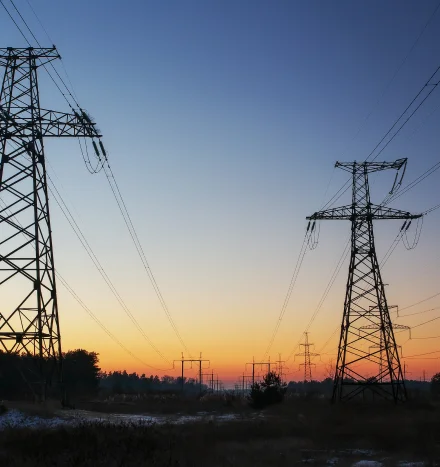

companies are tasked with managing the transmission grid globally. The upkeep of Power Transmission Assets (PTAs) is essential for minimizing power outages and extending the lifespan of cables. PTAs are inspected using helicopters or multi-rotor Unmanned Aerial Vehicles (UAVs), with drones offering advantages such as closer proximity to PTAs and high-resolution photo capture. Market studies project significant growth in drone-based inspection solutions, surpassing $9 billion by 2020.
However, challenges exist for autonomous UAV inspections to reach peak efficiency. Regulatory hurdles, such as Beyond Visual Line of Sight (BVLOS) operations, must be addressed, along with the need for drones to navigate safely and adjust to real-time environmental conditions. Additionally, limitations in battery technology require drones to recharge during operations for longer-distance inspections.
A conference paper published at the 23rd Euro micro-Conference on Digital System Design introduces a drone framework designed for autonomous power line inspection, which includes a cloud service node based on OpenStreetMap data. The framework incorporates algorithms for pylon detection to navigate the drone safely around pylons within the power grid. Additionally, image processing and matching algorithms are utilized to detect power transmission line cables using computer vision techniques, with a state estimation algorithm for remote sensing and sensor fusion. The effectiveness of the drone framework, image processing, and state estimation algorithms were tested and validated in a simulation environment. Future work will focus on implementing the developed framework into a UAV platform and running tests within the real power line environment. The drone framework will be expanded to include system resource monitoring and comprehensive path planning for cable landing.
Follow the link below to read more.